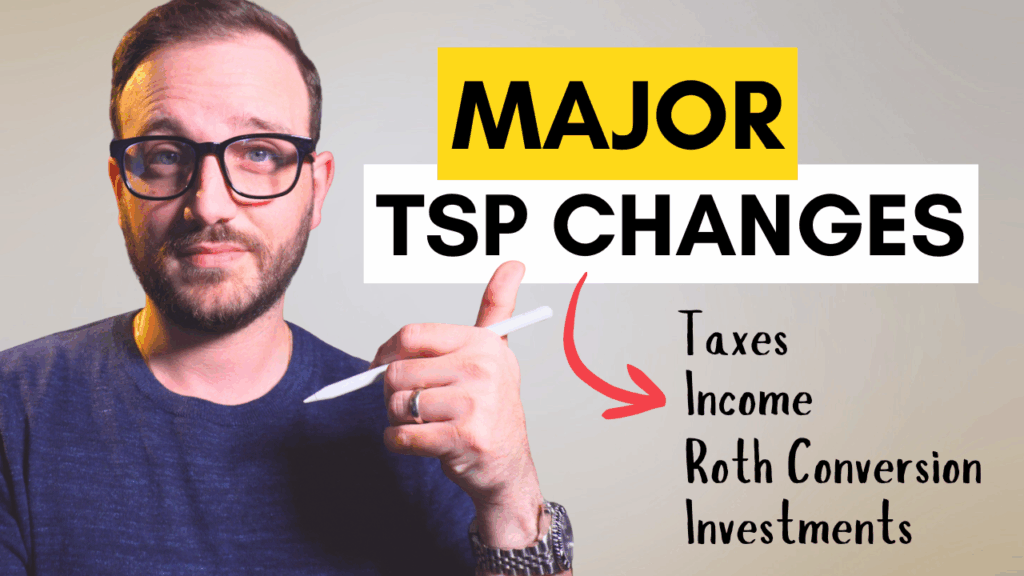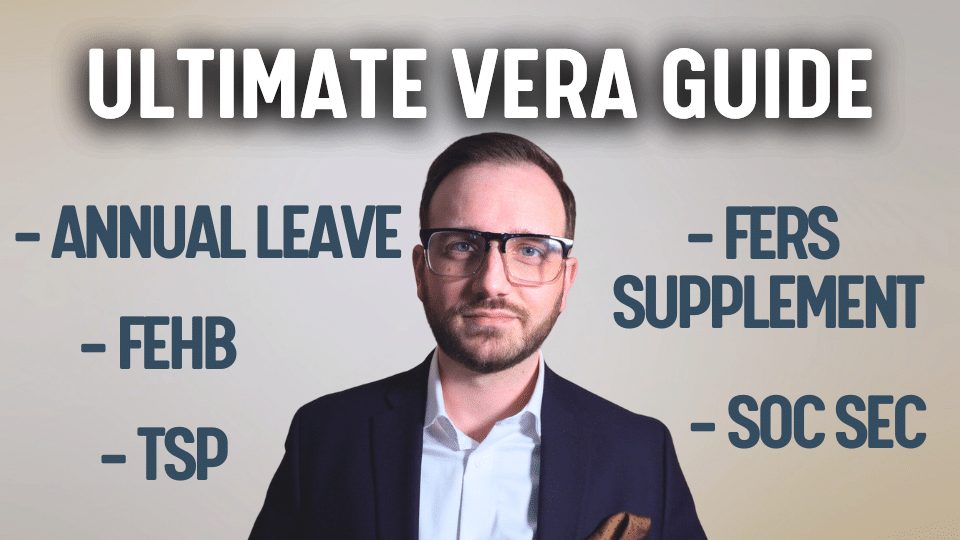I’m Retiring Soon, How Much Should I Have in My TSP?
Everyone considering retirement has asked at some point: “How much do I need to retire?” Many have attempted to answer this question themselves with little success, and that’s because there’s no single right answer.
Much like our health, our own financial homeostasis probably looks different than someone else’s. Over the years, I’ve worked with families that had varying degrees of wealth and all of them are successfully retired.
What is it that allows them this success? There must have been a starting point in which they achieved financial independence and began their work-optional part of life.
In this post, we’ll explore we’ll explore how to calculate the amount you need to retire, factor in inflation and rising costs, understand how your investments affect your results, and ultimately, determine your own “magic number” for retirement.
Understanding Lifestyle and Cash Flow
The first step in figuring out how much you need to retire is to consider the lifestyle you want to have. How much income do you need to support that lifestyle?
To start, you need to determine your cash flows—this means looking at both your inflows (income) and outflows (expenses). Consider your monthly expenses like a mortgage, car payments, any upcoming home renovations, travel, dining out, and phone bills, entertainment, etc.
When you calculate these expenses, you also need to factor taxes. If you spend $8,000 a month to live, then you need to bring in more than $8K/mo to cover taxes on your “take home” amount.
Traditional (pre-tax) TSP withdrawals are fully taxable just like a salary. You can withhold directly from your withdrawals, but you’ll want to take out more than you need deposited to your bank account to cover tax owed.
This total spending amount is often referred to as your “burn rate.” It’s essential to figure out how much of your burn rate will be covered by your FERS annuity and Social Security. If you’re too young for Social Security but have the special retirement supplement, you’ll need to account for those as well. Just remember it is uninflated.
As with portfolio withdrawals, your gross pension isn’t your take-home pay; you need to subtract taxes, insurance premiums, and the cost for survivor annuity if elected.
Creating a cash flow model is critical; most retirees are spending more than they are bringing in, creating “negative cash flow”. This is normal, but you need to understand what degree of negative cash flow is sustainable throughout a retirement.
Calculating how much you need saved (what how much growth you need) can only be done once you’ve determined what it will cost you to live the life you design. Here’s an example to get you started:
Determining Starting Portfolio Value
Once you’ve determined what it costs to live your life today, you can begin the process of inflating and working backwards to find a required starting value. Let’s do an example together.
Suppose a family is bringing in $230,000 per year in income, which covers their current lifestyle needs. After retirement, they expect their spending to be similar, but they won’t have ongoing retirement contributions (like TSP or 401k), which let’s say is around $50,000 annually. Removing these contributions brings their required income down to $180,000.
Next, we account for taxes. For simplicity, we’ll assume they are in a 30% effective tax bracket all-in (federal/SALT). That removes another $54,000, bringing the needed take-home income to about $126,000 per year.
If this family’s FERS annuity provides them with $36,000 per year, they’ll need to withdraw around $90,000 from their portfolio annually until Social Security starts. After Social Security begins, we’ll assume the required withdrawals from their portfolio reduces to about $4,000 per month.
Adjusting for Inflation and Calculating the “Magic Number”
However, we can’t stop there. The initial $7,500 per month, and eventual $4,000 per month needed from their portfolio is in today’s dollars. Over time, inflation will erode the value of this money, meaning the actual amount needed will increase.
For instance, if inflation is 3% and you expect a 7% annualized return on your portfolio throughout retirement, your inflation-adjusted real rate of return 3.88%, determined as follows: (1 + return / 1 + inflation) – 1 x 100.
With this 3.88% inflation-adjusted rate of return, we calculate how much needs to be in the portfolio to support withdrawals over the course of retirement.
Again, to keep this example simpler (given the variable income needs), we’ll assume the amount they need to withdrawal on average throughout retirement is $60,000 per year for 30 years, growing at an inflation-adjusted rate of 3.88%. This means they would need roughly $1.1 million in their portfolio.
This $1.1M lump sum amount would allow them to withdraw $60,000 annually if inflation was 3% and they grew their account by 7%, and their balance would reach $0 in precisely 30 years.
Building a Cushion and Planning for Uncertainties
But cutting it that close isn’t ideal. Life is unpredictable—market downturns, changes in living expenses, healthcare costs, or even moving to a new home could affect your retirement plan.
It’s wise to build a cushion into your retirement savings to account for the variability of life. In this scenario, instead of aiming for $1.1 million, aiming for $1.5 million or more might provide the necessary safety net to weather unexpected changes without needing drastic adjustments to retirement lifestyle.
This concept of financial independence is interesting. It’s not an award or a checkbox. Rather, it is a state which you look to maintain. Retirement plans rarely fail overnight. There are small changes that compound, and over time someone may find themselves in a future that looked different than they wished.
As such, it is inherently a process, and the figures you determine today should be consistently adjusted as you progress through life. Think of how many changes your life experienced from age 30 to 60. Similarly, your life at age 75 may be quite different than as you envision it today.
You should know this example is vastly oversimplified, and while we factored taxes for determining expenses, it was not factored into the income strategy from the portfolio savings. The goal is to give you reference, not a specific number, and you should verify your plan with your financial professionals. Real life involves many more variables, and it’s crucial to have a comprehensive plan that includes your distribution strategy, tax planning, and flexibility to adapt to changes.
Crafting a Tailored Retirement Plan
While it’s great to know the math behind retirement savings, it’s even more important to understand that a successful retirement plan is more than just a number. It involves good planning, a solid understanding of your needs and goals, and which variables influence your success so you can have the flexibility to adjust as circumstances change.
Remember, retirement is not just about reaching a financial milestone—it’s about ensuring the peace of mind that comes with knowing you’re prepared for whatever comes next. After all it’s not just your money, it’s your future.




